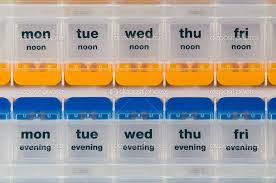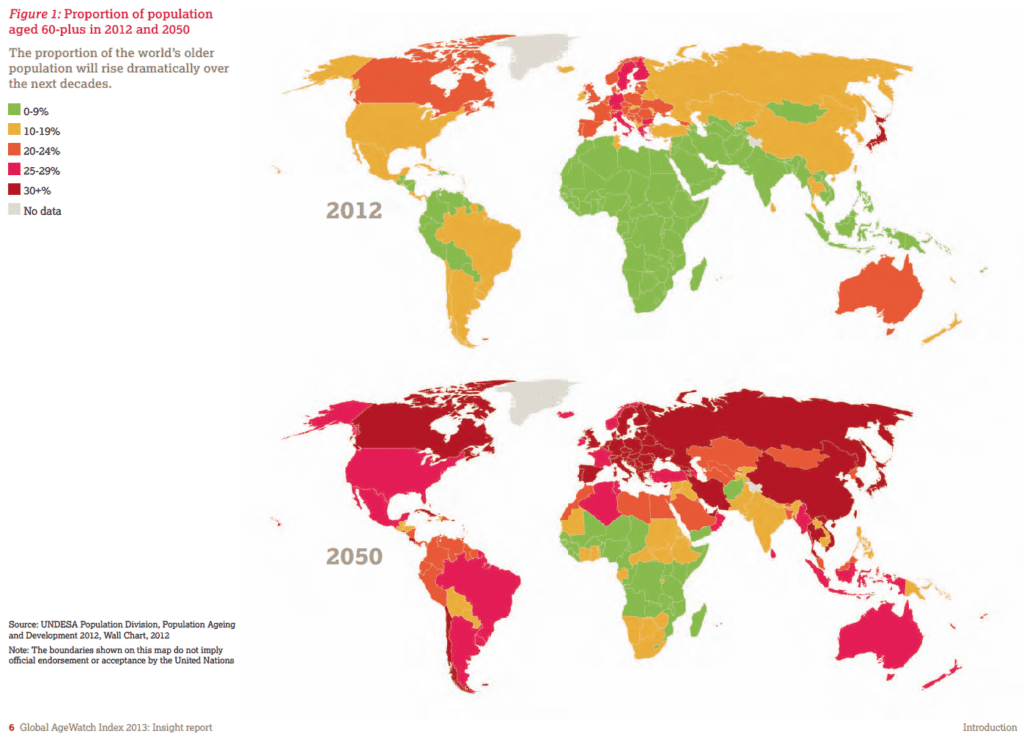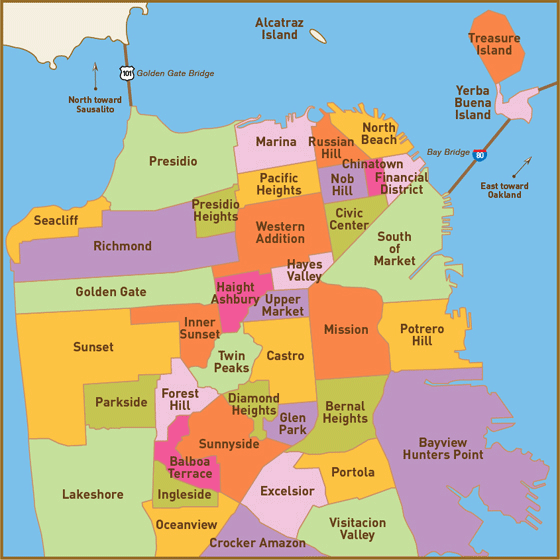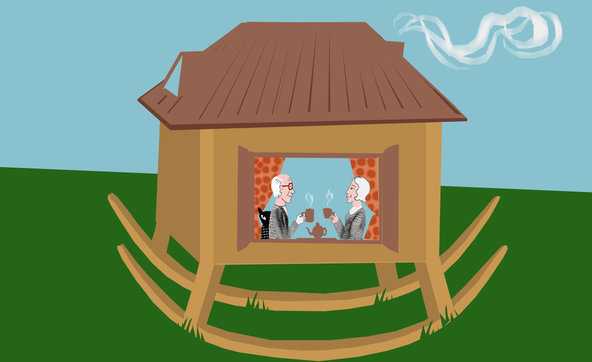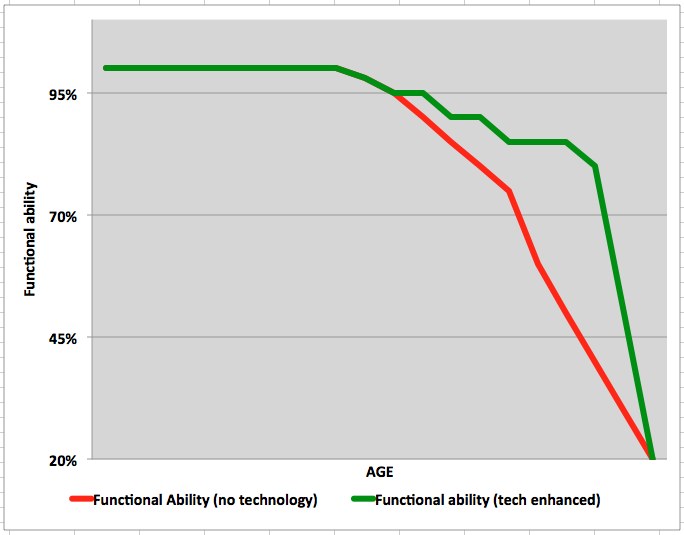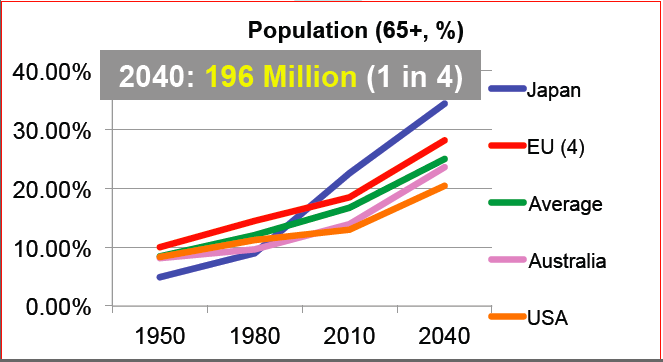Most of our research is designed to help older adults and their families make decisions and choices about topics that impact quality of life as we grow older — choices like which products and services can help older adults live independently for longer, and delay the time at which growing older gets in the way of living life to the full.
In addition, some of our work is designed to help innovators develop products and services that older adults like us will actually want and find useful.
Recent Analysis and Exploration
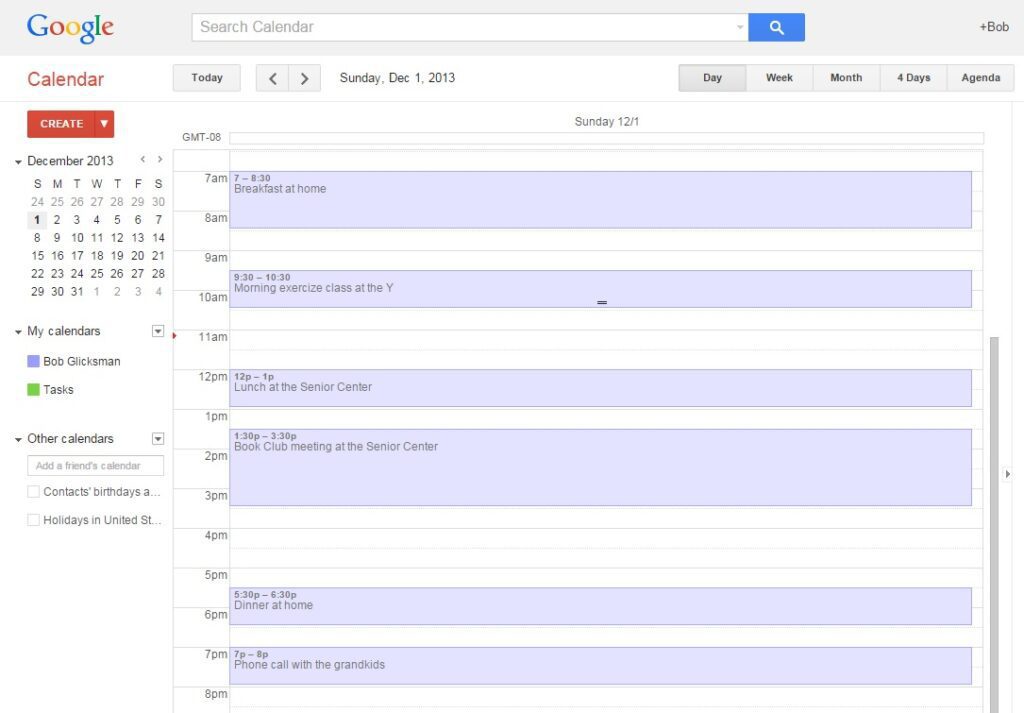
My Plan to Avoid the Terror of Short Term Memory Loss
My mother has severe short term memory loss. As her caregiver, I have found that her short term memory impairment has many adverse consequences. My experience with my mother has made me concerned about how I could avoid the horrors that come with short term memory loss when it inevitably hits me in the future.
While I cannot prevent short term memory loss, I do believe that I can mitigate the confusion and anxiety that comes with not being able to mentally track my daily activities. My solution is a simple technological memory prosthesis – a “wearable” calendar. This article describes my idea and how I am implementing it.

Fall proofing your house: a checklist
For the older adult worried about falls, one of the most important tasks is to “fall-proof” your house. There are numerous services you can retain to help with this. But how do you know they have done the right things? And, if you are the friend or family of an older adult, how can you do a “check” to make sure the house of the person you care for is relatively well “fall-proofed”? Here is a useful checklist developed by the Executive Director of Marin Villages.
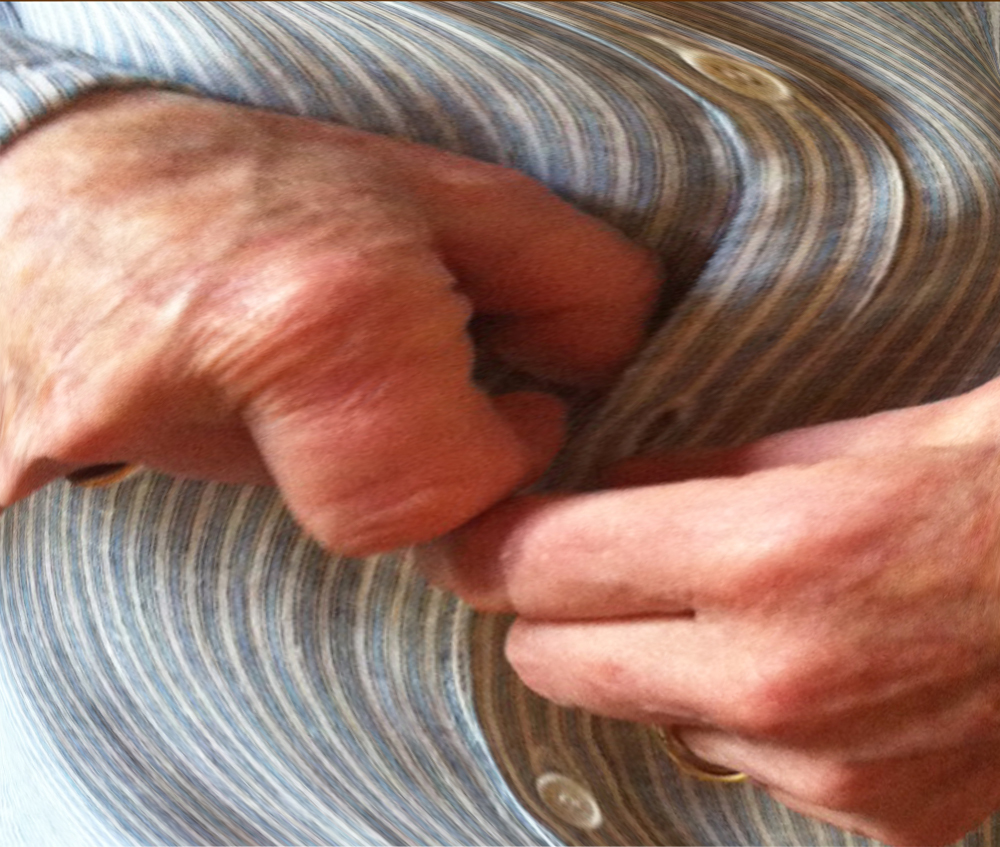
Arthritis Sufferers: Struggling with Clothing?
We have been looking for good arthritis clothing solutions. These products range from various special shoes for arthritis to a special type of arthritis bra. This article uses videos from around the web to demonstrate some of those solutions, and we add our comments and questions.

Isolation and Loneliness: HaveYourSay Circle
In the last co-creation meeting one group focussed on the issues of seniors being isolated and lonely. This is one of the top problems for seniors. As we age we lose our spouse and our friends. We also lose the ability to drive and get around. This results in isolation and loneliness. Our group identified the following things.
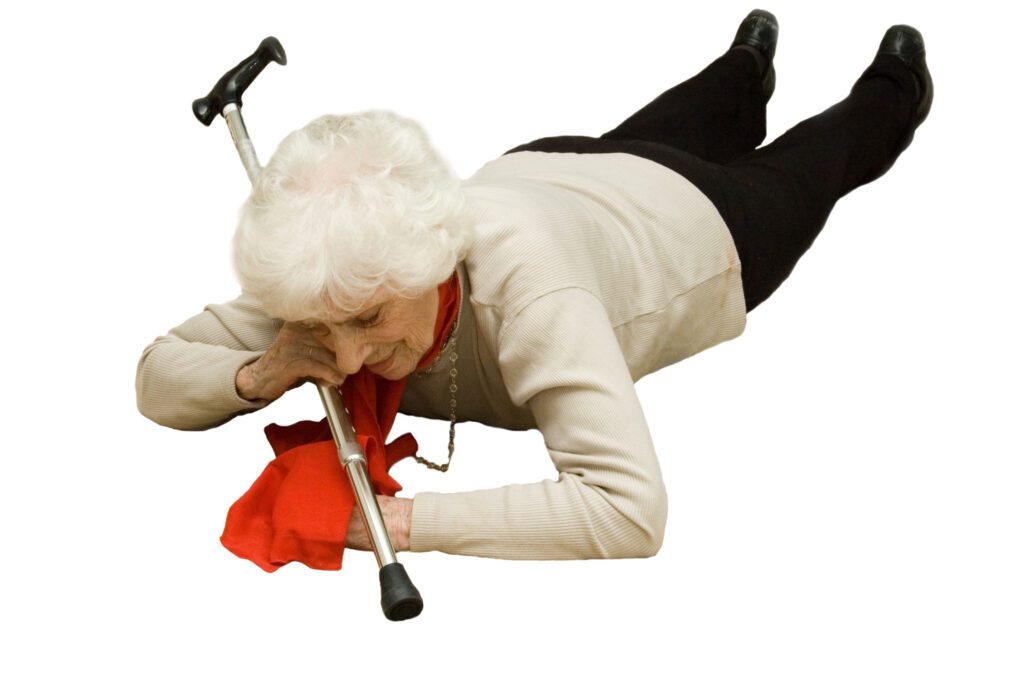
I’ve fallen. Now how do I get up?
Falls are a major problem for seniors who want to “Age in Place”. Unfortunately it is not uncommon for a senior to fall and be unable to get up afterwards due to a variety of underlying physical problems – even if no serious injury was sustained during the fall. While lots is written about calling emergency services, I thought it would be helpful to focus instead on simple techniques to help yourself. This article is about “how to get up”.

How to Articulate a “Problem”
At our last Meetup we spent a lot of time talking about how to articulate a “problem” in a useful way that can lead to solutions and effective brainstorming. We also tested out the process by having participants stand up and discuss the “problem” they care about with the circle. This article is a reference to remind everyone how to articulate a “problem”.

What does it mean to brainstorm topics? Next steps for co-creation
I noticed that many of the topics from our last meetup were framed as solutions or ideas for solutions — not as topics or areas on which we might want to collaborate as a group. I thought it would be useful to discuss the differences between topics and solutions, and share my thoughts on what we might tackle next as a group.
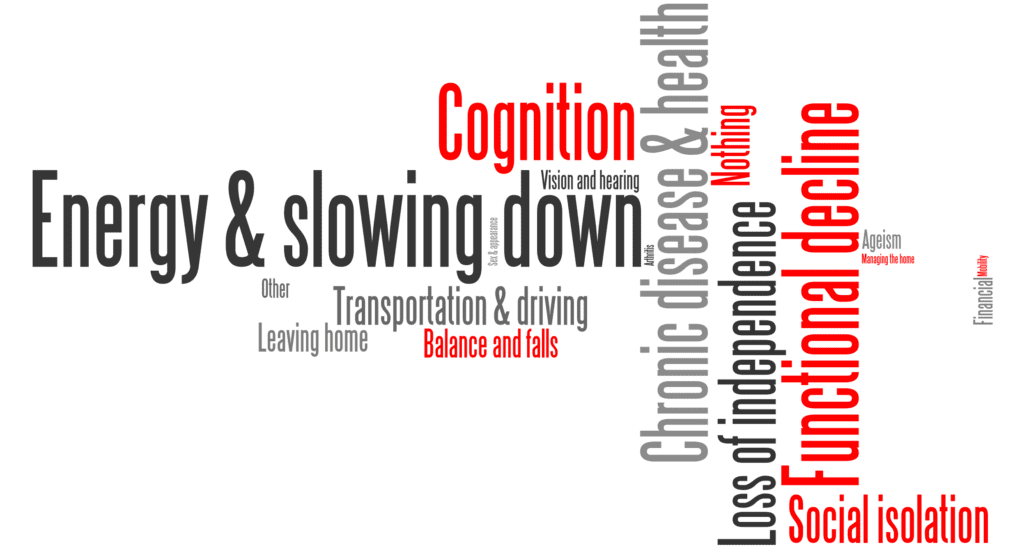
What do seniors worry about?
We wanted to get a better understanding of what bothers seniors about aging, and what they worry about. So, we are conducting 200 interviews to find out. This article shares some of what we have learned thus far from our interviews, in support of our mission to improve the quality of life of all of us as we age.
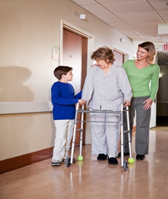
Needed Walker Improvements: More Functionality and Customization
Walkers are a life-saver for many people. They help older adults avoid falls and keep their independence. They also help patients in the hospitals who are recovering from surgeries or illnesses. They fill a need and many probably don’t think to examine the walker any further. However there hasn’t been much innovation in the walker arena in many years. The basic design has changed little and there is definitely room for improvement.
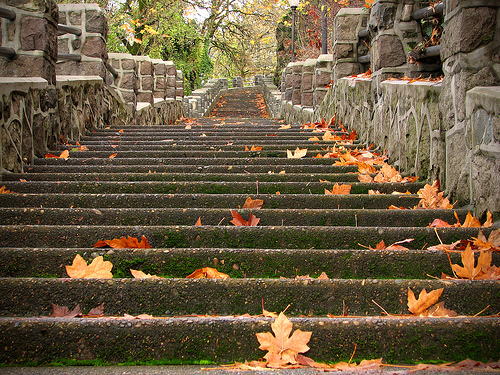
Breaking Down Inter-Generational Communication Barriers
Going beyond money management, part of our daily work includes having conversations about the complexities of providing care for aging family members, the range of costs for providing this care and the difficulty families have in planning around these issues. Yet, most people don’t think about such things until there is a crisis.

Retirement Community Costs: How Much?
At the outset, the greatest barrier to moving into a retirement community can be the cost. Therefore, most homeowners and renters find it attractive to age in place at home in the community where friends and services are nearby. However, the cost of remaining at home can become very high in the later stages compared to some of the alternatives.
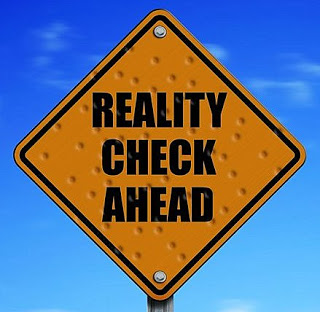
Life Stage Denial
Many who are standing at the brink of change in later life – though still active, social, and financially secure -survey the changes in lifestyle that could mitigate the ravages of older age and become frozen and unable to make a decision, thinking that taking action makes sense, but “I’m not ready yet.”
